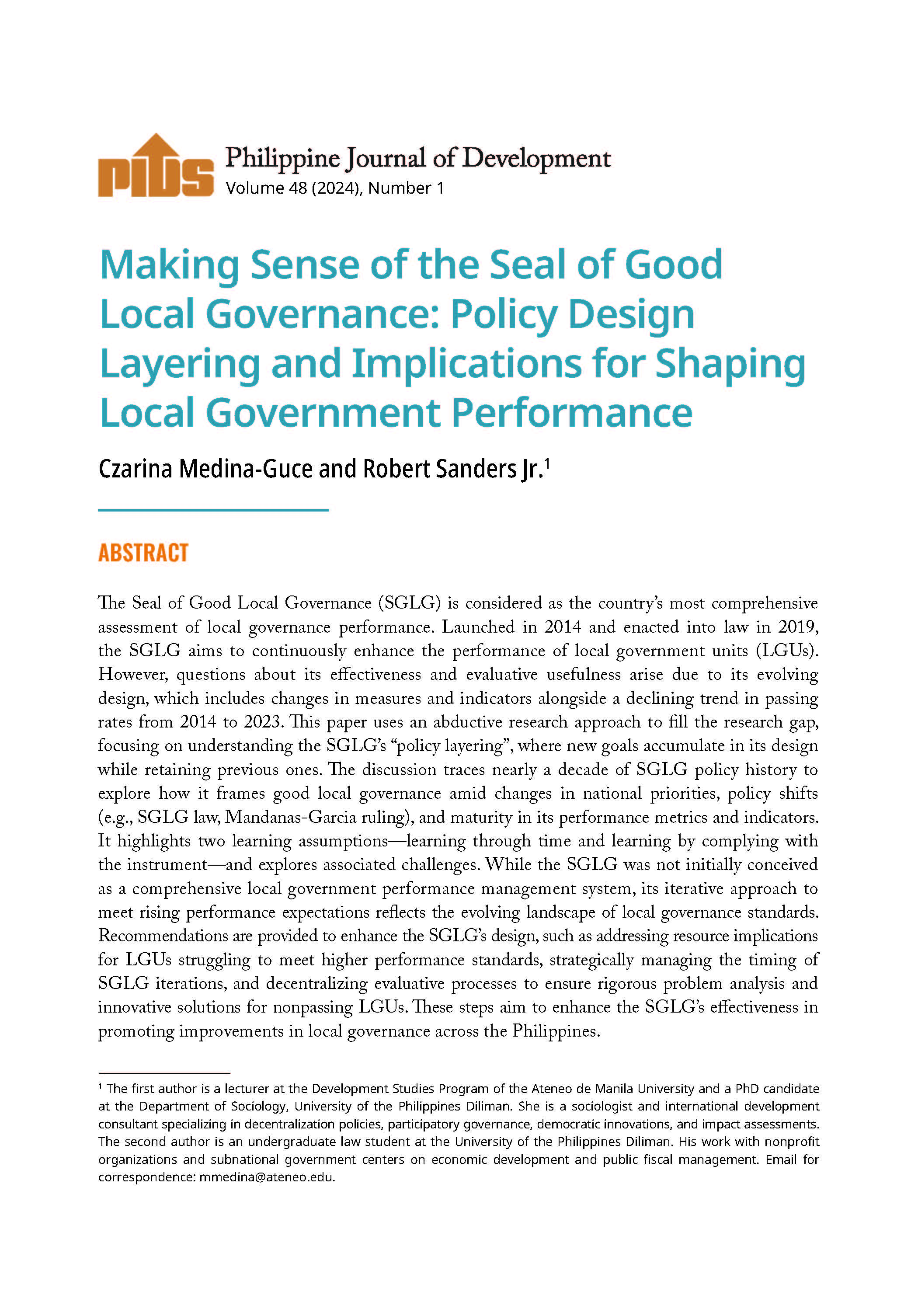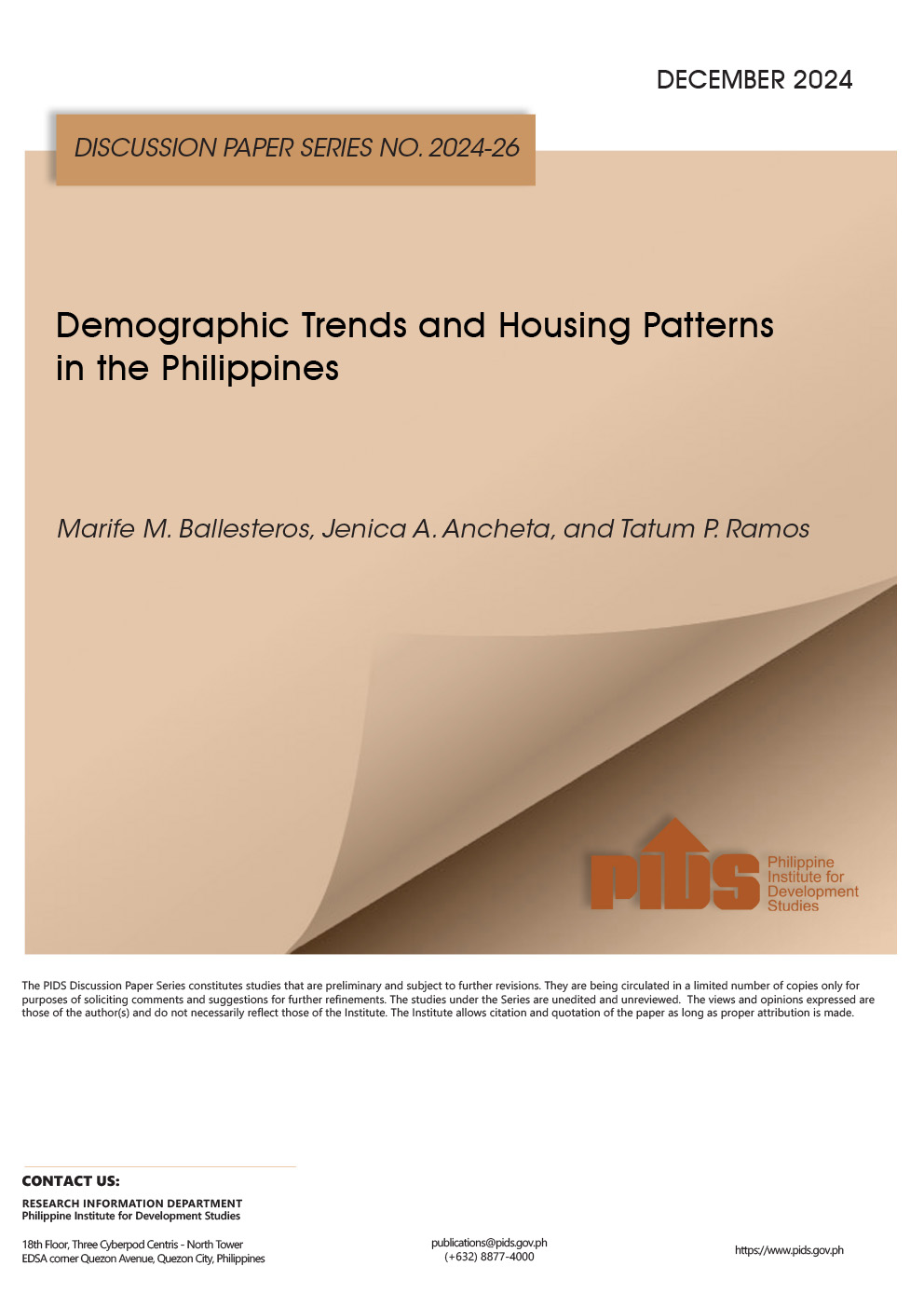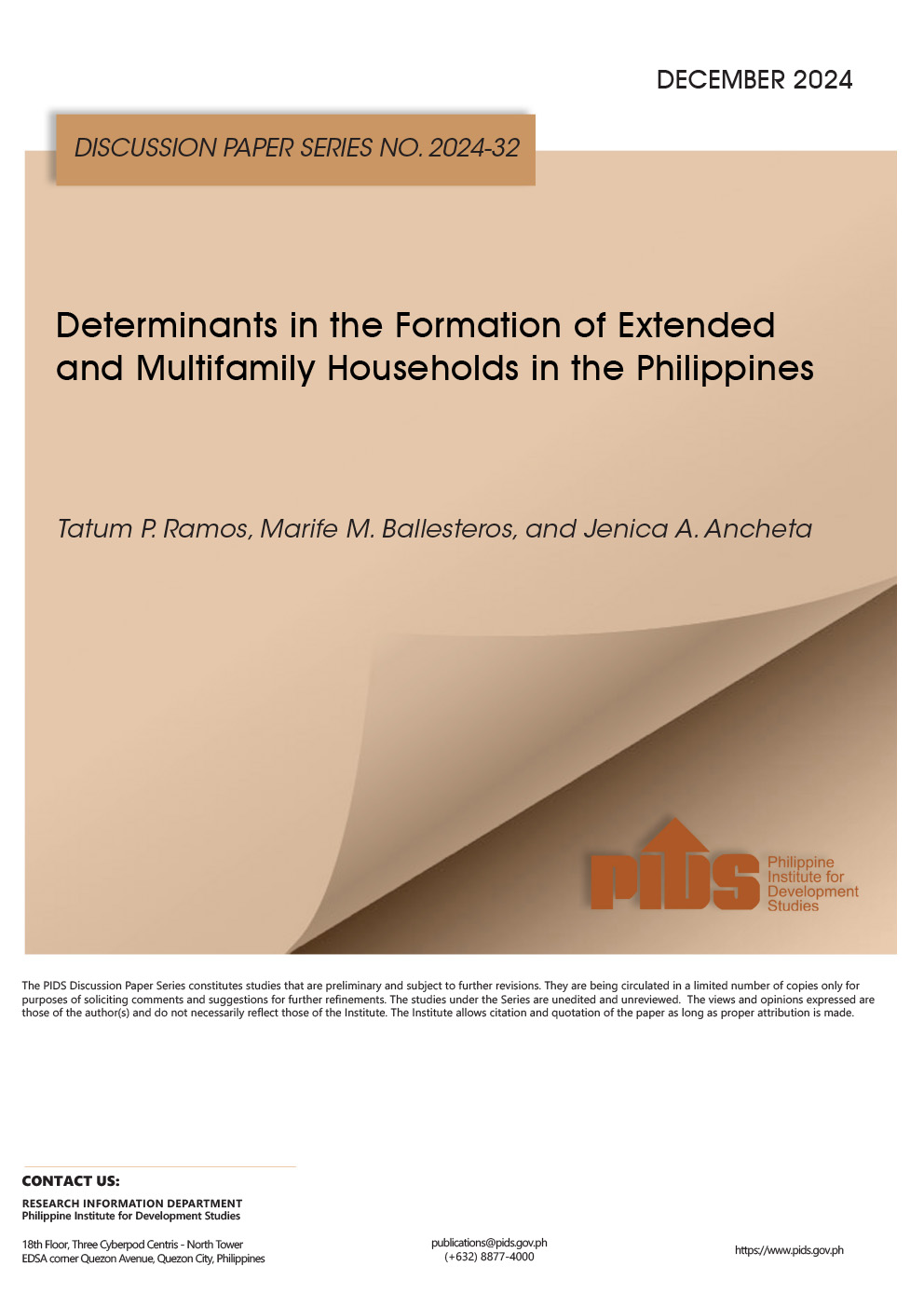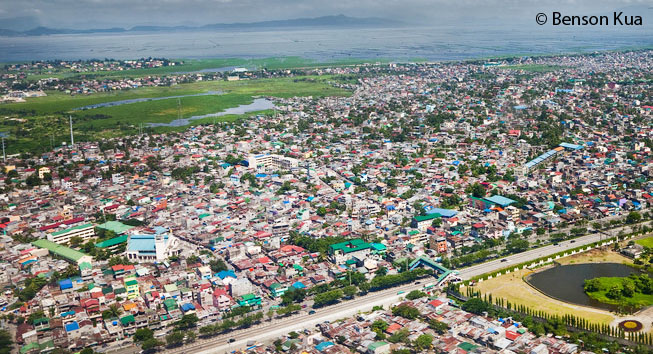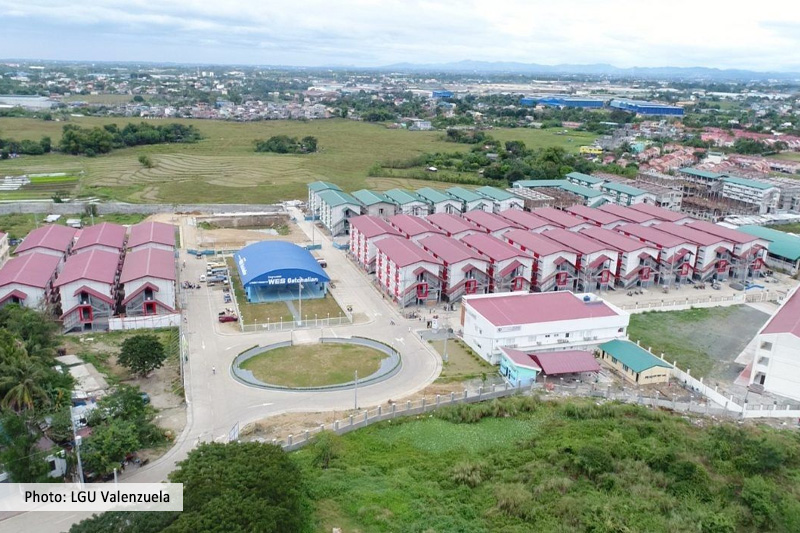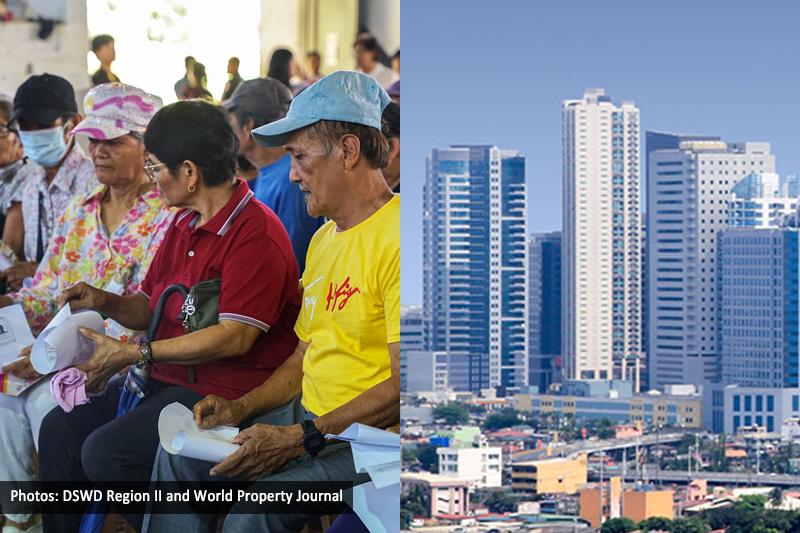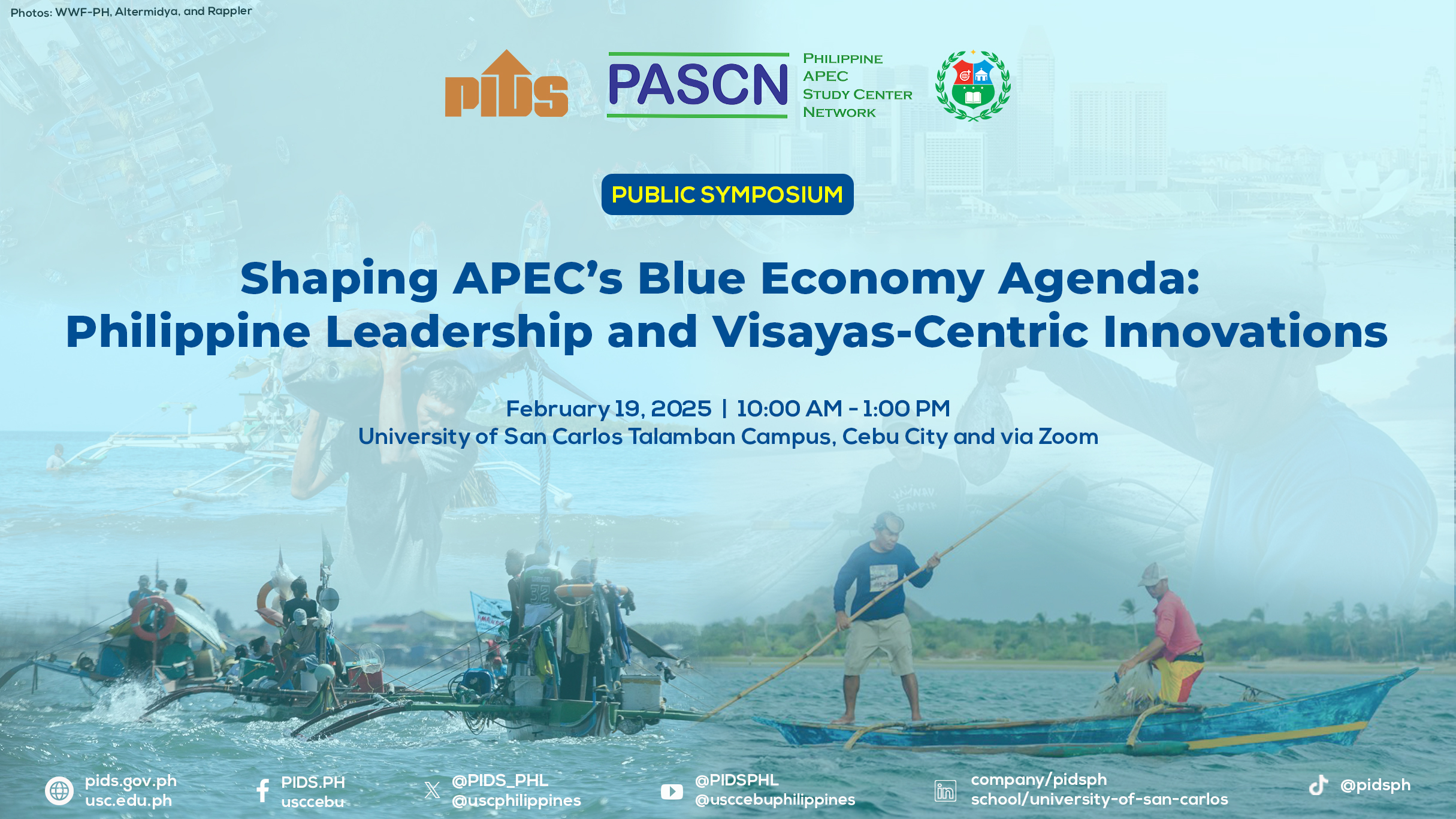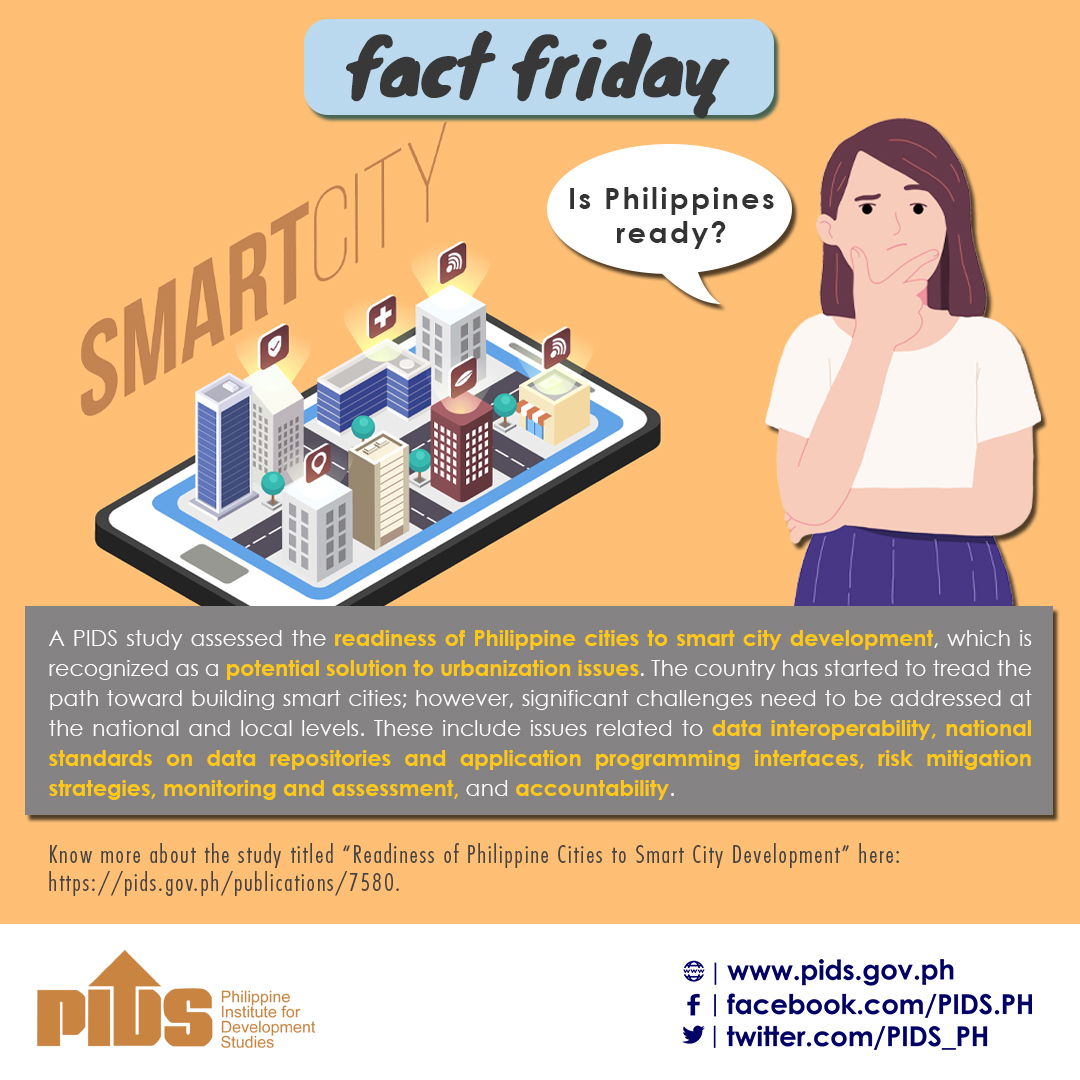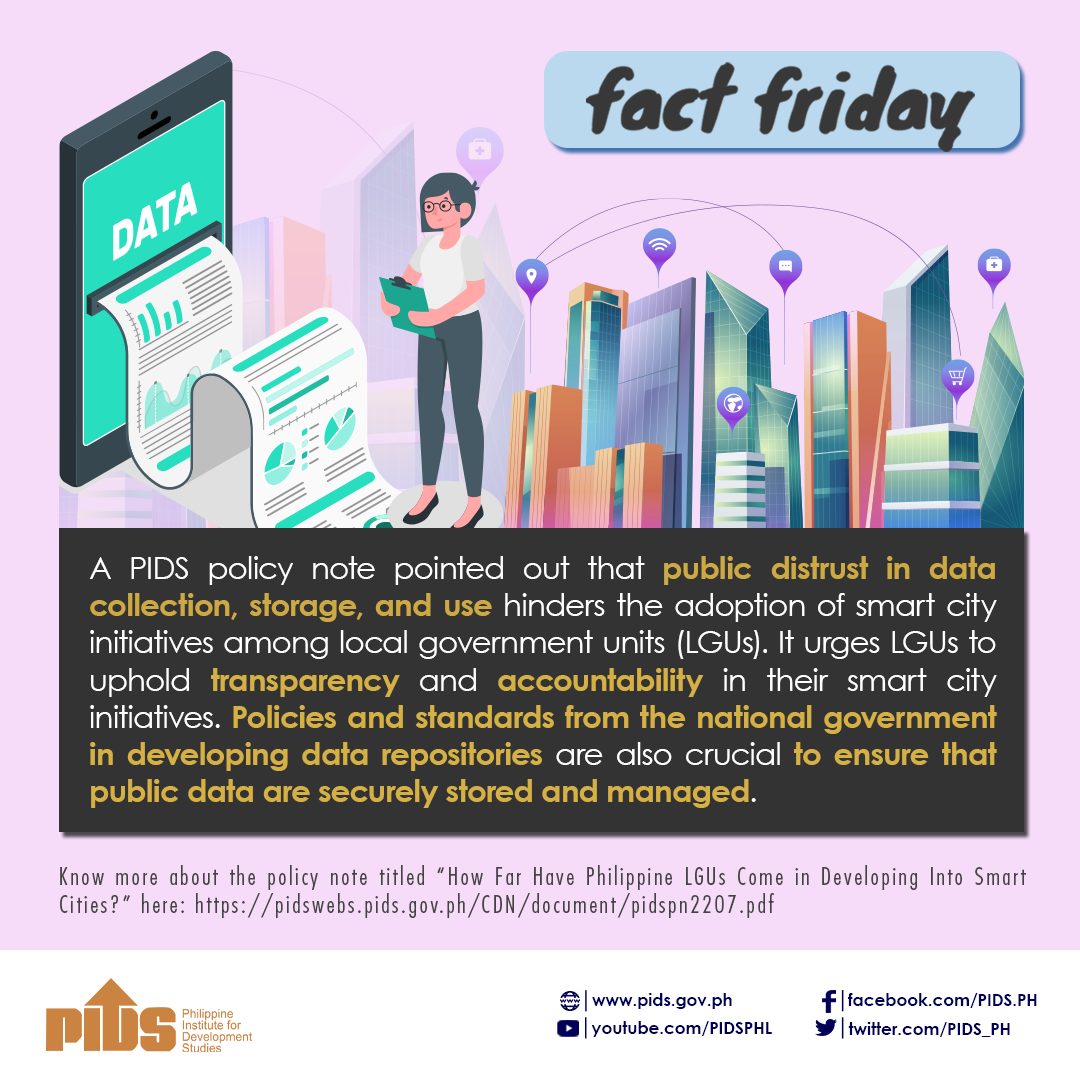THE advent of technology can no longer be undermined, specifically its major impact on various societies. To further elucidate this phenomenon, the Harvard Business School Working Knowledge and the Harvard Business School Executive Education have curated some of the basic output of their study, aptly themed "Leading in the Digital Era." It is very easy to just quote its findings in a Western context, which is constantly bolstered by the First World economy, which I do not intend to do in this column.
But what I hope to convey and provoke in the minds of institutional heads and executives in this column is how to come up with a digital leadership framework based on our very own context as a developing country, and to muster every effort to climb from the bottom to a realistic level of advancement.
In the minds of many people, "smart" has become a byword for anything that has been transformed by digital operations. But as the Harvard Business School study says: "Organizations will not remain competitive unless they radically adapt to the demands of the digital era."
What leadership approach and model are applicable to make us competitive on matters pertaining to digital leaps that are slowly becoming real?
What hit the international news and social media recently were stories about smart cities. Relevant to this conversation is the Smart City Index, which informs the public on the development of such cities. Such an index illustrates the phases of progress and diverse actual experiences of citizens in their neopolitan abode. Sadly, the Philippines is still at the tail-end of this international index.
Smart cities place modern technology at the center of their operations to provide information and communication technologies, including big data, the Internet of Things (IoT) and artificial intelligence (AI), to increase operational efficiency and communication information and data with the public, and improve both the quality of government services and the welfare of citizens.
In the Philippine context, the Department of Science and Technology (DoST), which is moving toward making smart cities out of the country's urban places, has launched its latest formulation of a framework for smart, sustainable communities and cities, which hopefully would gain traction in helping Philippine cities develop into smart cities.
The DoST said the general direction being taken was that "Philippine smart cities are set to move forward in a more innovative and collaborative manner as the Department of Science and Technology-Philippine Council for Industry, Energy and Emerging Technology Research and Development (DoST-Pcieerd)."
On the other hand, the Philippine Institute for Development Studies (PIDS), in its study titled "Readiness of Philippine Cities to Smart City Development," says the "study assesses the readiness of Philippine cities to smart city development, which is recognized as a potential solution to urbanization issues."
Even if the Philippines has started to tread the path toward building smart cities, there are more significant challenges that need to be addressed at the national and local levels. These include, the PIDS says, "issues related to data interoperability, national standards on data repositories and application programming interfaces, risk mitigation strategies, monitoring and assessment, and accountability."
Just imagine if Philippine cities have enough investments in these developments, even if the Philippines is only considered a developing country and one of the lowest in the index of smart cities in the region. Although much is still left to be desired for Philippine urban areas to transform into smart cities, we should not stop dreaming and constrict our stride to move forward.
Who doesn't desire a comprehensive metropolitan traffic system for integrated transportation that will decrease road vehicle congestion and shorten travel time on the road; the systematic and real-time data availability for all government health centers to provide swift and proper care for the infirmed; the efficient and organized disaster response in parts of the city affected by calamities because of quick information and data availability, and many more?
Urban areas becoming livable for a modern life can be made possible with the help of technology-functioned public services vis-a-vis the skilled leadership in a digital era.
Then, there are learning institutions that want to be called smart universities. Smart universities are higher education institutions made up of ecosystems that leverage innovative, next-generation technologies, and the latest digital tools to create a digitally connected campus. Are there already models or exemplars of these universities in our country?
The indispensable use of technology is at the pivot for teaching and learning, communication, social interaction, services, governance, wellness, big data storage, energy sustainability, and environmental care.
The aim of smart universities is to create a campus that is open, connected, adaptable and sustainable.
Such model smart schools have started utilizing IoT in every aspect of school building management. There is an overall close management of the school's infrastructures and the use of lighting, spaces, security and other physical assets.
Real-time data generated with IoT tools help bring action via intelligent machine commands, as opposed to the traditional "manual" operation of building management systems. Different types of data on multiple systems through the use of AI and machine learning are already integrated, enabling "one-click" student experiences.
Some advanced smart learning institutions have already created an information architecture and digital design that is centered on what is called Real-time Open Multi-Cloud Agile, or ROMA.
Anything delivered through tech that is easy, fast and plenty is called "smart." Thus, there are already smart groceries and smart cars, and maybe the latest mobile phone you own is probably a smartphone. Truly, smart societies and institutions have become part of our lives.
The smart institutions we are aiming for demand smart leadership. Such leadership framework for our own context would hopefully emerge soon.

